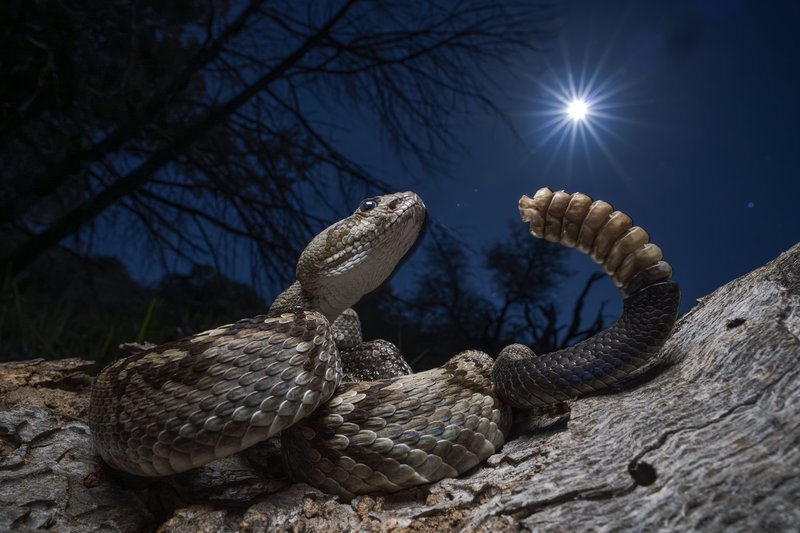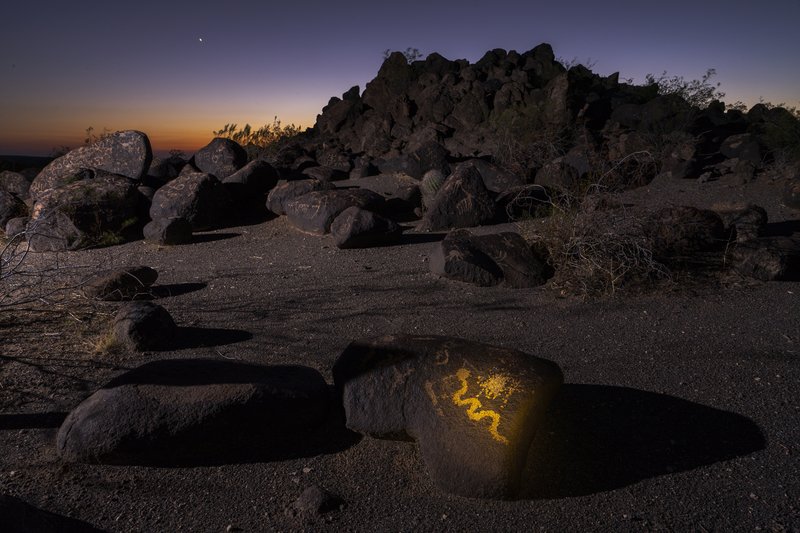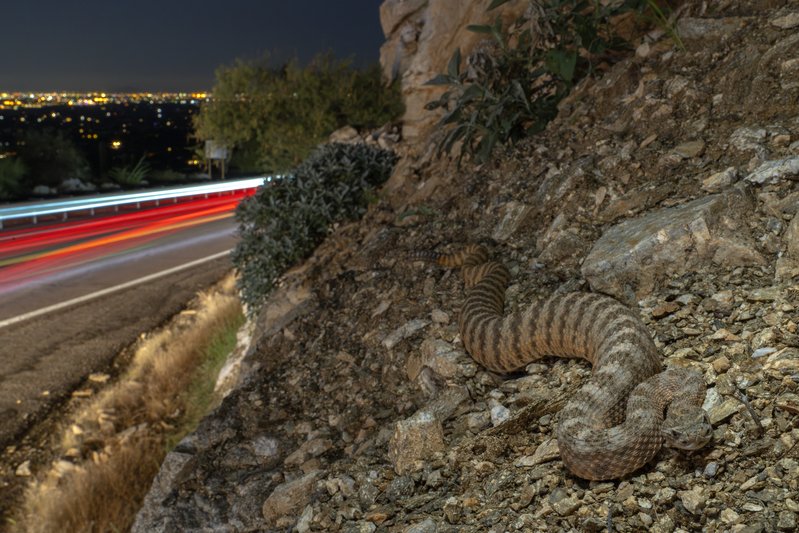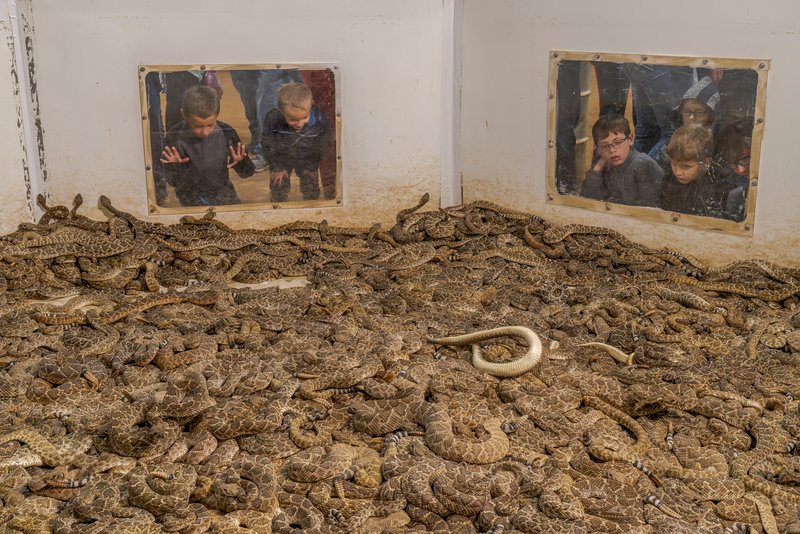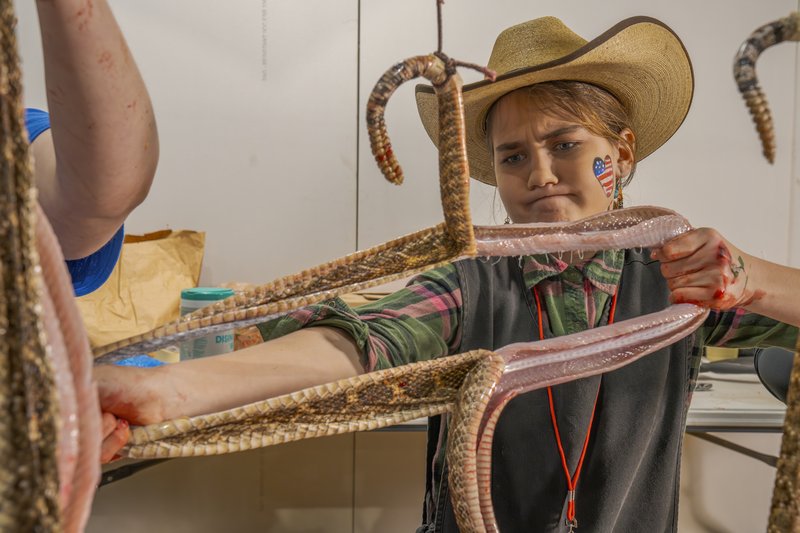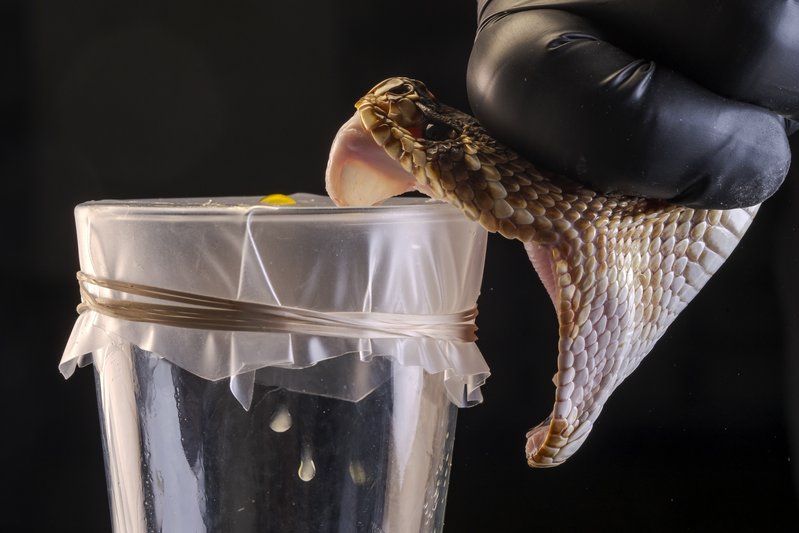Finalist: Love, hate and rattlesnakes
Love, hate and rattlesnakes
The famous rattle Close-up of a Rattlesnake's Rattle The reason these snakes receive their name is due to the distinctive rattle at the end of their tails. This image showcases the intricate rattle of a rattlesnake, composed of hollow, interlocking segments of keratin—the same material that forms human fingernails and hair. When a rattlesnake vibrates its tail, the loose segments collide, creating the characteristic rattling sound that serves as a warning signal. The hollow chambers within amplify the sound. With each molt, a new segment is added inside the previous one, allowing the rattle to grow. Remarkably, tail muscles can contract up to a hundred times per second, producing the rapid rattling. USA, September 6, 2024. I used a probe lens in order to get close to the snake and not scared it.
Javier Aznar
